| CollectorDocs: | Theme | Actual | Future | Past | Special | DocPresentation |
This is the question with many things in life!
Collecting is more on the "to have side" than
sport or action which would be more on the "to be side".
The best is to do both!
doctors with antique furniture collection
you have antice collection of real Chippendale commodes, yeah!
You want to keep them but it would be nice to share with others, maybe
even over the internet.
Or get contacts where to find more of that stuff.
doctors with a stamp collection
whatever collection of interest......
| CollectorDocs: | Theme | Actual | Future | Past | Special | DocPresentation |
Again the urologists:
Another interesting report from the Deutsches Aerzteblatt: http://www.aerzteblatt.de/v4/archiv/artikel.asp?id=37238
about the Urological museum of the American Urological Association in the USA: http://www.auanet.org/aboutaua/museum_tour/index.cfm
Take a virtual tour!
| CollectorDocs: | Theme | Actual | Future | Past | Special | DocPresentation |
| CollectorDocs: | Theme | Actual | Future | Past | Special | DocPresentation |
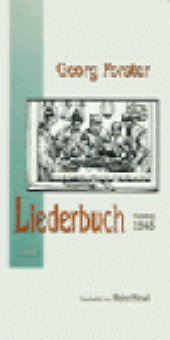 Georg Forster "Liederbuch" - Nürnberg 1565 - Band 1
Georg Forster "Liederbuch" - Nürnberg 1565 - Band 1
Besides his professions as medical doctor, GEORG FORSTER was music lover, author,
composer, collector and editor in ONE person.
His five collections of popular and tenor songs are an important document of "burgeois"
music culture of the early 16th century.
In the edition of 'Des andern theyls ... Teutscher Liedlein ...' (the other part of german songs...), Nurnberg 1565 the separate parts for ‘Discantus’, ‘Altus’, ‘Tenor’ und ‘Bassus’ have been set together in a partition for modern use. They contain songs about drinking, hunting, humoristic stories, love songs and court songs and even erotical songs.
Although Forster does not use the addition '... auff allerley Instrumenten zu brauchen' ('to play with several instruments') but explicitely '... zu singen' ('for singing') it is recommended to perform it with added instruments as the historical ones of that time like 'Flöten, Krummhörner, Cornamusen, Dulciane, Pommern und Schalmeien, Lauten, Gitarren und Gamben'. ANY combination from "a capella" to instrumental seems to be interesting.
The texts have been left in the original, only the printing has been modernized.
See
the table of content here.
Download the
table of content:
http://www.spielleute.de/files/forsterinhalt.pdf
You can find some additional verses to some of the songs here in the internet:
http://www.spielleute.de/files/forstertexte.pdf
I found this interesting news here:
http://www.jpc.de/jpcng/home/detail/-/hnum/2457008/iampartner/seinfo
you can get a CD with his songs:
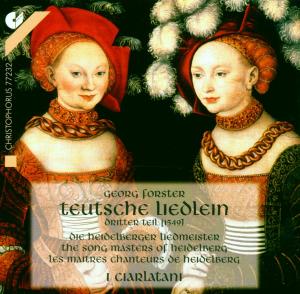
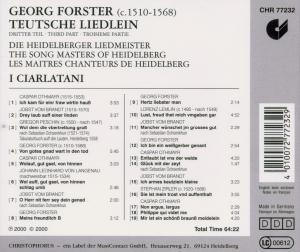
| CollectorDocs: | Theme | Actual | Future | Past | Special | DocPresentation |
If you search www.yahoo.com for "hobby" you will get a list with the option "List hobby results by location":
http://search.yahoo.com/search/dir?p=hobby&o=&g=&n=20&h=C&r=Regional
and here you get it for 3096 locations in the whole world...... often offering direct access to collecting hobbies!
http://dir.yahoo.com/Regional/Countries/New_Zealand/Recreation_and_Sports/Hobbies/Collecting/
and so on......

http://www.kienle-koblenz.de
though in German, you will find very much
for your entertainment! Click on Musik, Weisheiten, Zeit, Sammelsurium (latter
is: Collections!)

ambulances |
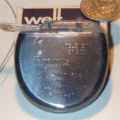
historic pacemakers |

jokes! |
All this on his page about collecting ... Have fun!
He is also DivingDoc, CyclingDoc, JazzDoc, CollectorDoc, his Presentation!
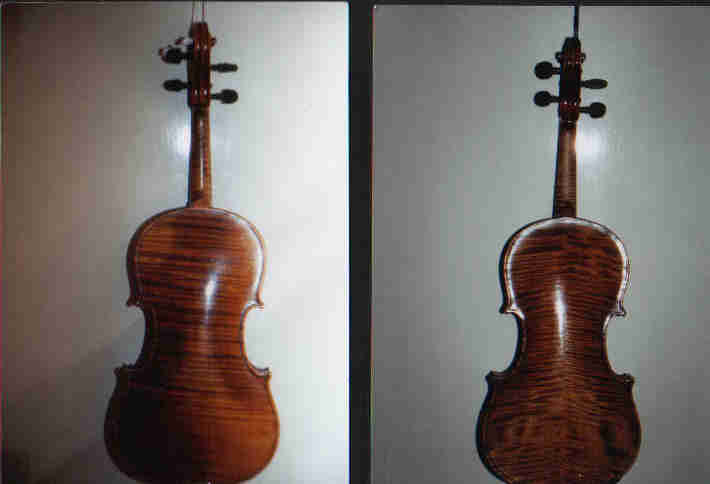
the right instrument comes from "böhmisch-vogtländic"
area built ca.1920, builder unknown,
the left violin has been built 1860 in Paris, builder will be told soon,
See special about Violins Listen to one of his violins played by a sponsored artist on this special page!
BOTH VIOLINS can be lent to a talented violinist!
See his own presentation!
He is DivingDoc, ViolinDoc, CollectorDoc, PoliticDoc, BenefizDoc
Dr. Nilson de Mello e Oliveira M.D. ophtalmologist from Brasile:
http://www.drnilson.com.br his new homepage
Collecting beer cans since 1975, when went for an exchange student program in the United States. First Brazilian to be associated with the Beer Can Collectors of America, As of today the collection is of over 4.500 different cans from more than 70 countries.
about his hobby:having THE biggest collection with books of (english) Writing Physicians, he donated it to New York University!
http://library.med.nyu.edu/library/eresources/featuredcollections/bryant/bryant.html
Born in Cincinnati, Ohio in 1939, Dr. Bryant completed his undergraduate degree
in French literature at Princeton University in 1961, graduated from Columbia
University College of Physicians and Surgeon in 1965 and completed an Internal
Medicine residency at the Maine Medical Center in Portland from 1966-1969.
From 1979 to 1971, Dr. Bryant was in the United States Navy, and later went on
to a successful general internal medicine practice in Portland, Maine from 1971
to 1999.
See more about him in his www.DoctorsTalents.com presentation
See this Excel file (right-click and "save target as..." on your hard disk)
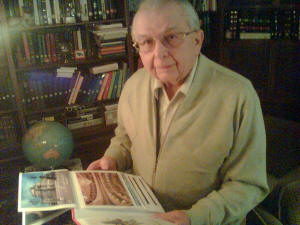 |
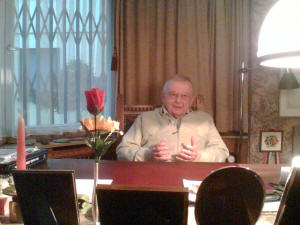 |
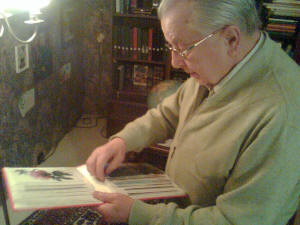 |
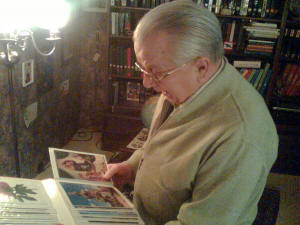 |
Recently (2007) he celebrated his 90th birthday in Buchen/Germany
After his practice he made a world trip with his wife and began collecting postcards. Meanwhile -after many trips- he has arrived at his 162nd album! He says: "My most important capital is memory"
Later he joined the Hartmannbund, a medical labor union and became regional and country president vor many years. He had positions also in the professional medical official organisations.
More than that he was engaged with the youth groups of the red cross, became regional president of the DRK as the only medical doctor in such a position in Baden-Württemberg. He was honoured for many years of engagement.
It was a great occasion to visit Dr. Peter and have a long talk about his exciting life in this little town Buchen......
a)
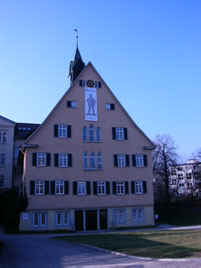
Newly opened Psychiatry Museum in Göppingen/Germany
MuSeele-Initiative: Frank Pfennig, Gisela Schmid-Krebs, Rolf Brüggemann, Frank Wrobel, Katrin Wirth, Dr. G. Kolb, Dr. B. Krauß.
See also article in Deutsches Aerzteblatt: http://www.aerzteblatt.de/v4/archiv/artikel.asp?id=41594
b) another "older" Psychiatry museum one founded in 1992 in Haina/Hessen/Germany
http://www.aerzteblatt.de/v4/archiv/artikel.asp?id=3723
c) other international links to psychiatric museums........!
Dr. med. Dipl.-Psych. Gerhard DammannDammann, Gerhard, Dr. med. Dipl.-Psych, MBA, born in
1963 in Oran/Algeria. Medical studies AND psychology in Tübingen/Germany and
Paris/France. |
|
He collects "ArtBrut", pictures of psychic ill patients since his days as medical student. He got interested when he was in Heidelberg/Germany and saw the Prinzhorn collection  http://prinzhorn.uni-hd.de one of the biggest collection of this kind. Áctually Dammann is presenting his collection at the Barlach-Haus in Hamburg/Germany http://www.barlach-haus.de/sonder1.htm#top See original article in german at the "Deutsches Ärzteblatt: http://www.aerzteblatt.de/v4/archiv/artikel.asp?src=suche&id=55044 |
|
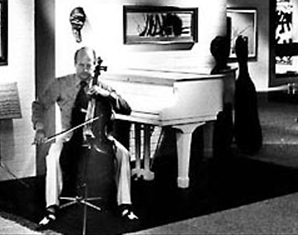 Foto: Eta Lazi/Archiv Adolf Lazi Ottomar Domnick: „I could not live with "half of the truth" time is an important good..." |
Ottomar Domnick
(1907–1989) ...has been specialised in neurology and psychiatry with an own hospital in Stuttgart/Germany. He was accomplished as one of the most active collectors and supporters of contemporary arts in Germany after WW II. He was author and director of several films, supported contemporary films. He played Cello and organised events with works of contemporanean music. To continue his and his wife's (1909-1991) work is the main task of his foundation. In memoriam of his
100th birthday on April 20, 2007 the foundation will present exhibitions about
his different paths in life... |
||
|
|
The Collection Domnick does not only mean his international
collection of abstract paintings and sculptures of the time after WorldWar
II but only the place of presentation: The building is a private house for
arts in a special athmosphere made by the architect Paul Stohrer and
integrated in the landscape of Aichtal and Albtrauf. There are paintings of Baumeister, Hartung and Winter, Piene, Dorazio and Brüning, Vedova, Rainer, Vostell. In the large garden there are sculptures of bronce, iron and steel: Avramidis, Lardera, Venet – in dialogue with nature. In 2005 the house and park were renovated.
|
He obtained a degree in medicine and philosophy in 1553 and started teaching logic and philosophy in 1554 at the University of Bologna. In 1559 he became professor of philosophy and in 1561 he became the first professor of natural sciences at Bologna (lectura philosophiae naturalis ordinaria de fossilibus, plantis et animalibus).
His vast collections in botany and zoology he willed to the Senate of Bologna; until 1742 the collections were conserved in the Palazzo Pubblico, then in the Palazzo Poggi, but were distributed among various libraries and institutions in the course of the nineteenth century. In 1907 a representative part were reunited at Palazzo Poggi, Bologna, where the 400th anniversary of his death was memorialized in a celebrative exhibition in 2005.
See
![]() in his own
presentation including all categories and pictures
in his own
presentation including all categories and pictures
He has an extraordinary complete collection of books written by
the famous german poet Karl May.
May has been read by nearly every german boy! He wrote stories about the wild
west and his main heroes
are Old Shatterhand a white man (whi in the stories IS Karl May travelling in
the wild west) and Winnetou (the chief of
the Apache Indians). In reality though Karl May has never been to the US. (more
material to come).
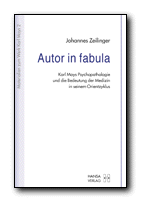 |
|
||||||||||||||||||||||
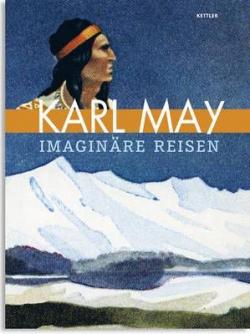 |
|
http://www.karl-may.de/modules/kmprod.php?index=B&nr=60130
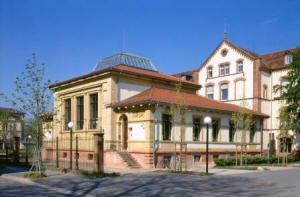 |
|
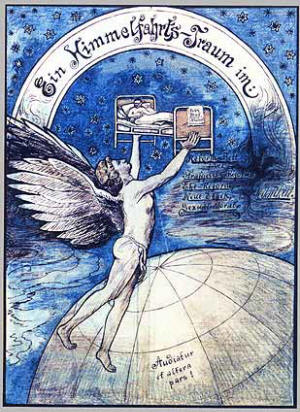 |
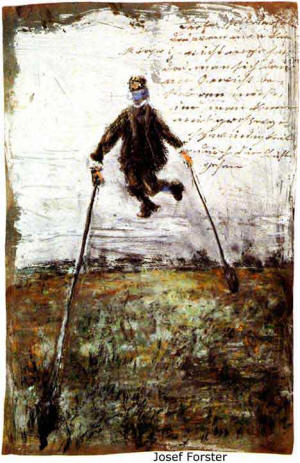 |
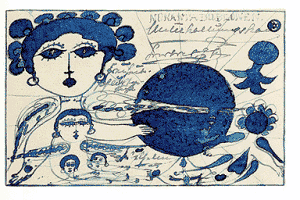 |
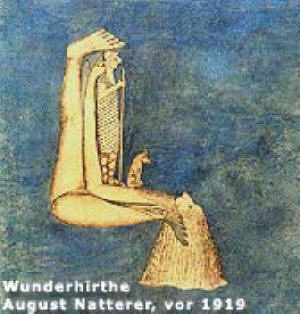 |
Since 2001 there is a Prinzhorn-museum in Heidelberg where the collection of this psychiatrist about pictures from psychiatric patients is demonstrated.
See the original web site here http://prinzhorn.ukl-hd.de
Fund: The core collection comprises approximately 5000 pieces of art created by approx. 450 patients of psychiatric institutions. These pieces comprise mostly drawings, water colors, writings, like letters, notes, drafts of books and exercise books, which were often self-manufactured, as well as oil paintings, material manual work, collages and 70 wooden sculptures
Origin: Approx. 1880 until 1933; main collecting period between1919-22.
Authors/Artists: Approximately 450 Patients of all ages, social classes and professions. Only 20% of the artists are female. The duration of admission is diverse, sometimes lifelong or unclear because of missing case files.
Sites of Origin: State-run or private institutions and asylums in Germany, but also in Switzerland, Austria, some in Italy, France, Poland and Japan.
Affiliated Collections: In addition to the core Prinzhorn collection, permanent loans and donations were deposited in the Psychiatric Clinic, such as works created at the Rhine Federal Hospital Viersen (around 1900), wooden sculptures by Carl Genzel from the Wesphalia Psychiatric and Psychotherapeutic Clinic, Eickelborn near Lippstadt (approx. 1920), the Petschner Collection, Psychiatric Hospital Merxhausen, Bad Emstal (1960-1980), as well as works of art of contemporary patient-artists.
Documentation: A data bank of the collection is in process. A nearly complete photo library can be viewed by appointment. Almost 2/3 of the case files could be found and their main data could be compiled. (Access for scientific purposes).
http://www.rawvision.com world-wide magazine about ArtBrut
German pharmacy museum! As you see from the history the pharmacists are sort of collective collectors!
Being established as a foundation in 1937 the German Museum of Pharmacy was opened in Munich in 1938. The exhibits consisted exclusively of donations of the profession: The extensive private collections of the Rath family, Frankfurt (former owners of the Vial & Uhlmann Co.) and of the Heinrici family, Halle, built up the basis which was completed by numerous single donations.
Only a few years later – meanwhile the museum had closed down as a result of the outbreak of World War II – the building and a part of the collections that had not been transferred into safe store-rooms were hit by fire bombs and totally destroyed. After the end of the war the German Museum of Pharmacy found a temporary domicile for the collections which escaped happily from the destructions of the war in the prince-episcopal residence of Bamberg. As a matter of fact most of the stocks were saved. In 1958 the official reopening of the museum took place at Heidelberg in the Ottheinrich palace which used to be its location until today.
The purpose of the foundation can be described with the keywords enlargement, preservation and maintenance of the collections in order to depict the history of pharmacy in a lively arranged museum. These statutes have shaped the honorary work of the foundation until today and are guaranteed not least by the constant support of the profession of dispensing chemists and their umbrella organization – the Bundesvereinigung Deutscher Apothekerverbände (ABDA).
See also article in "Deutsches Ärzteblatt":
http://www.aerzteblatt.de/v4/archiv/artikel.asp?src=suche&id=55288
http://www.urologichistory.museum
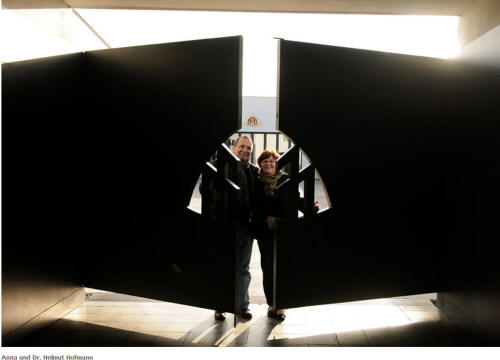
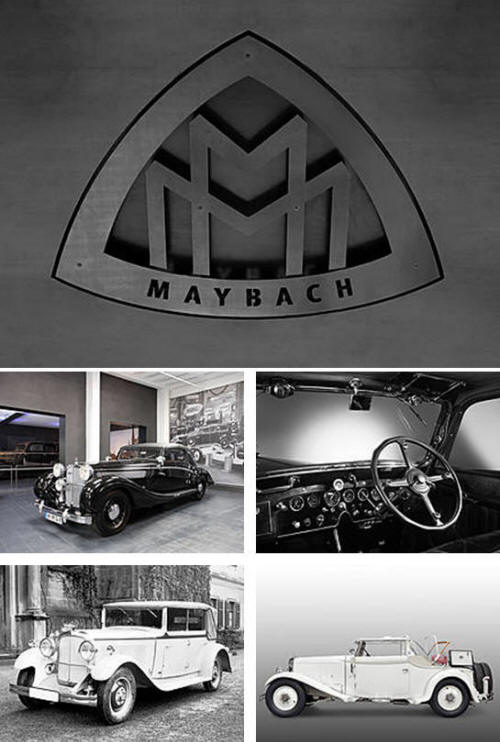
It is located in Neumarkt/Oberpfalz/Germany and open to the public.
See web
site: http://automuseum-maybach.de